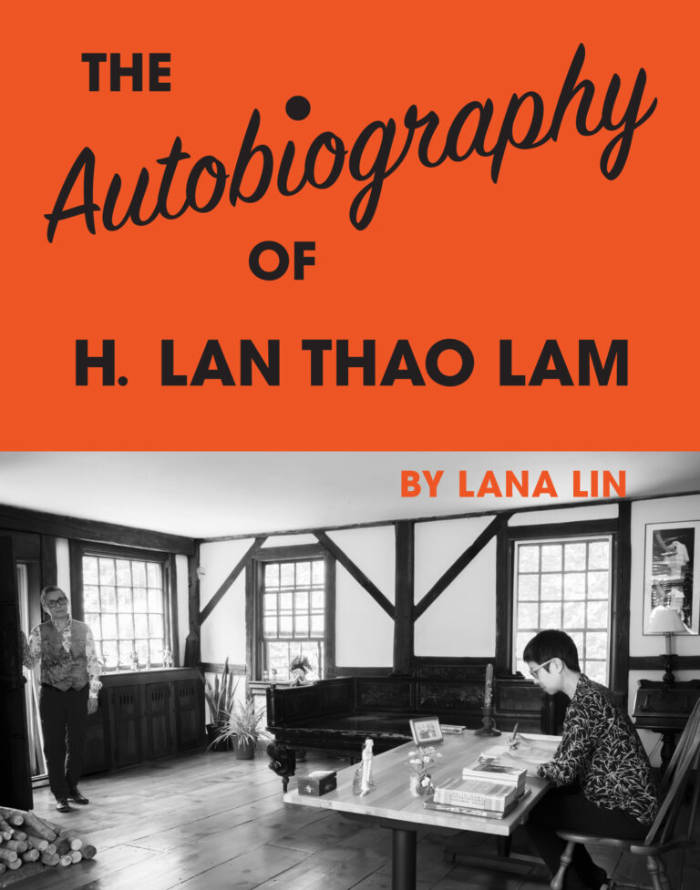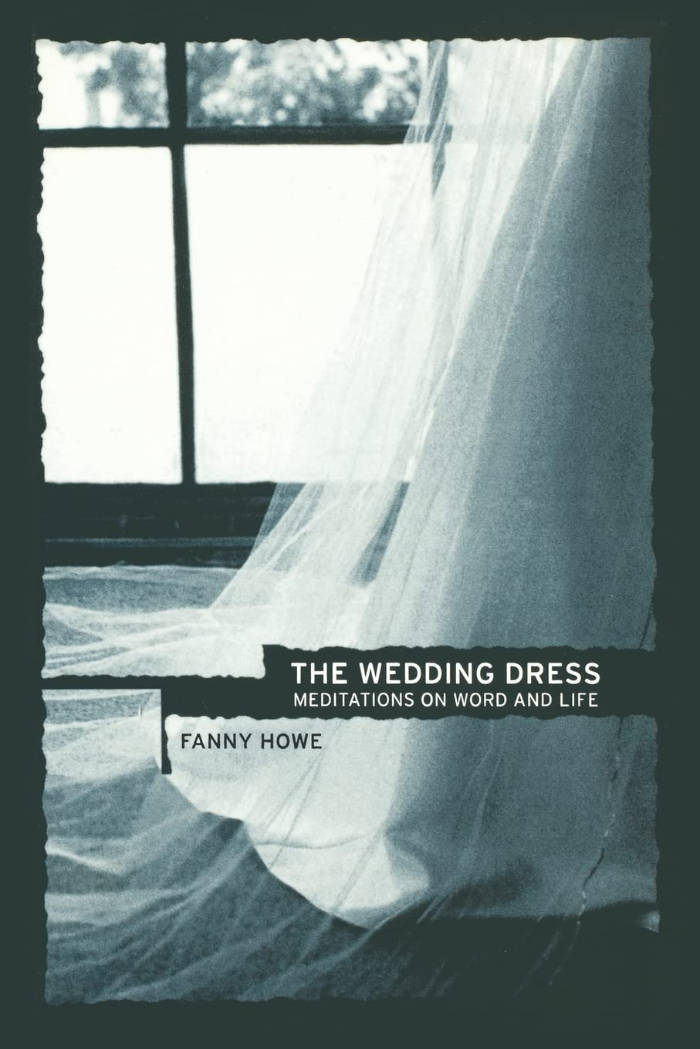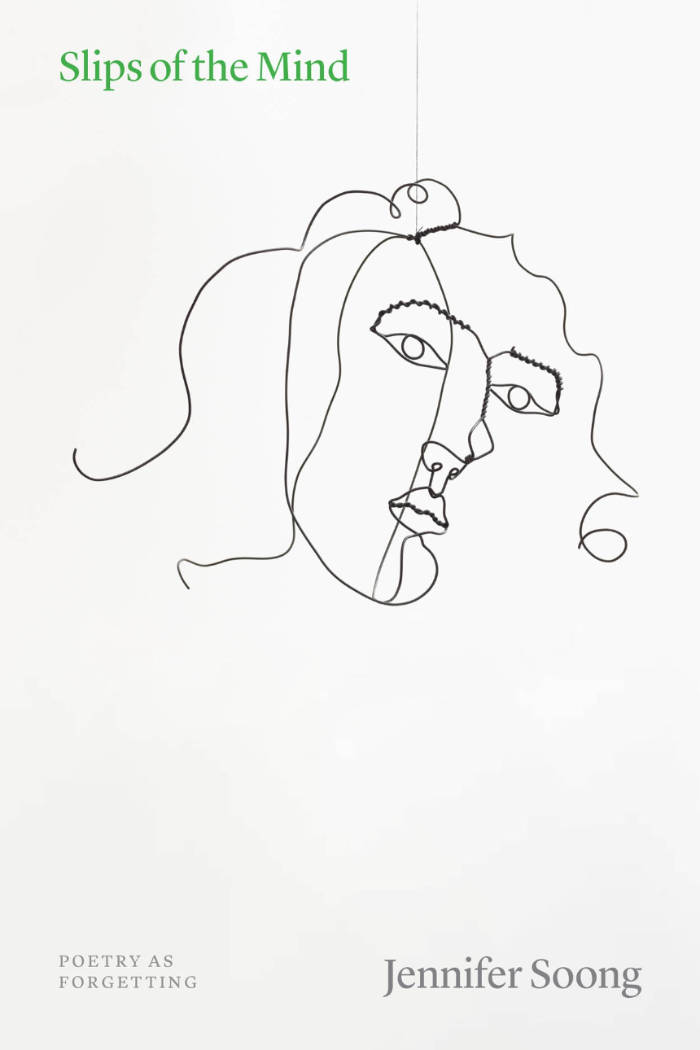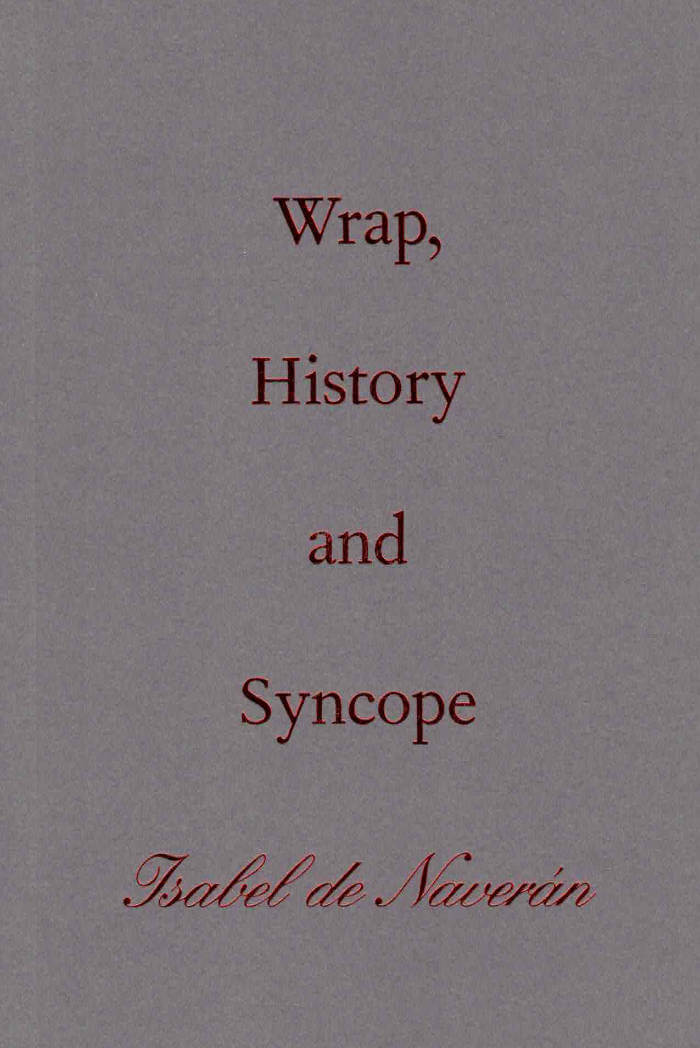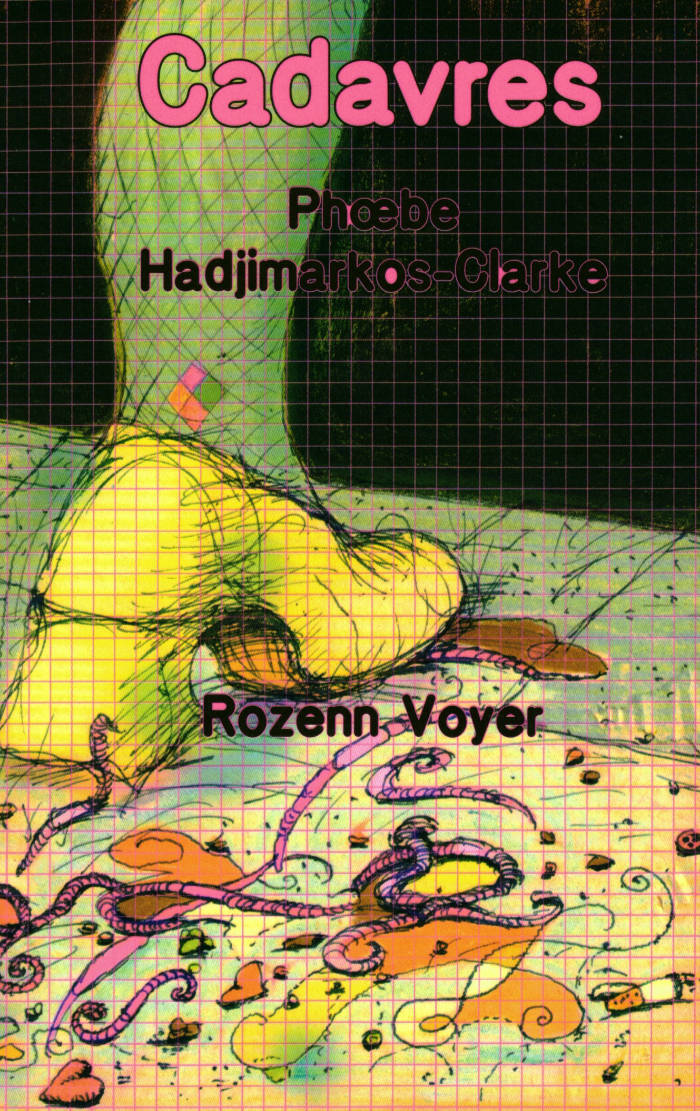
Lifting Belly: An Erotic Poem
Often considered the central erotic work of Stein's middle period, this love poem written to her longtime companion, Alice B. Toklas, reveals a vulnerability and tenderness unexpected of one so famous for caustic wit. Associative in structure, the work consists of alternately cryptic and conversational fragments detailing a shared domestic life. A very brief initial section observes the hardships of gay estrangement from society, while the body of the work applauds the decision to endure these for love's sake. Readers will welcome an unusual view of Stein in this work in which lifting belly, signifying sexual union, comes to imply passionate commitment to another and acceptance of oneself.
Language: English
